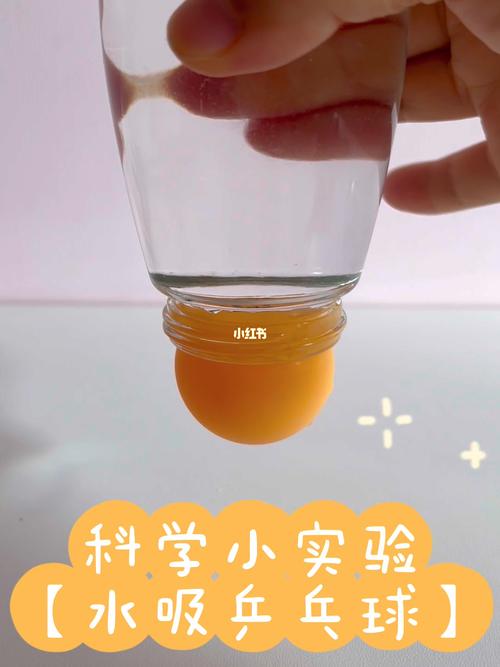PhysicsofSpin
The Science of Table Tennis
Table tennis, also known as ping pong, is a fast-paced sport that requires quick reflexes, hand-eye coordination, and strategic thinking. The game involves hitting a lightweight ball back and forth across a table using small paddles. While it may seem like a simple game, there is actually a lot of science behind the sport. Let's explore some of the key scientific principles that come into play in table tennis:
One of the most important aspects of table tennis is the ability to put spin on the ball. By hitting the ball with different angles and speeds, players can make the ball spin in various directions. This spin affects the trajectory of the ball, making it curve or dip unexpectedly. The Magnus effect, which is the force that causes a spinning object to curve, is crucial in understanding how spin works in table tennis.
The trajectory of the ball in table tennis is influenced by factors such as speed, spin, and angle of the shot. Understanding the principles of projectile motion can help players predict where the ball will land and adjust their positioning accordingly. The height of the ball's bounce, its speed, and the angle of incidence all play a role in determining its trajectory.
The materials used in table tennis equipment also play a significant role in the game. The type of rubber on the paddle, the thickness of the sponge, and the weight of the blade can all affect the speed and spin of the ball. The design of the table, including its surface material and dimensions, can also impact the game. Understanding the properties of different materials can help players choose the right equipment for their playing style.
The biomechanics of table tennis involve the study of how the human body moves during play. Proper footwork, body positioning, and stroke technique are essential for generating power and accuracy in shots. Understanding the biomechanics of table tennis can help players optimize their movements and reduce the risk of injury.

Table tennis is not just about hitting the ball back and forth; it also requires strategic thinking and quick decision-making. Players need to anticipate their opponent's moves, adapt to changing game situations, and exploit their opponent's weaknesses. Understanding game theory and tactics can give players a competitive edge on the table.
Science also plays a role in the training and conditioning of table tennis players. Physical fitness, mental focus, and hand-eye coordination are all important aspects of player development. Training programs can be designed based on scientific principles to improve strength, speed, and agility specific to table tennis requirements.
Table tennis is a sport that combines physical skill with mental acuity, and understanding the science behind the game can help players improve their performance. By studying the physics of spin, ball trajectory, materials and equipment, biomechanics, strategy and tactics, and training methods, players can enhance their skills and enjoy the game even more.
